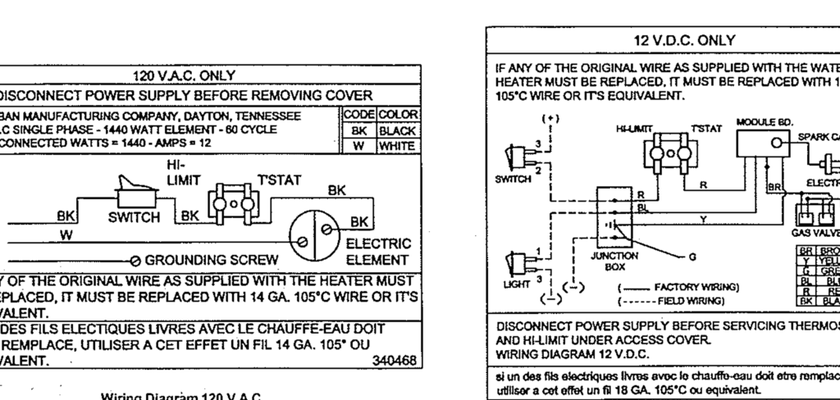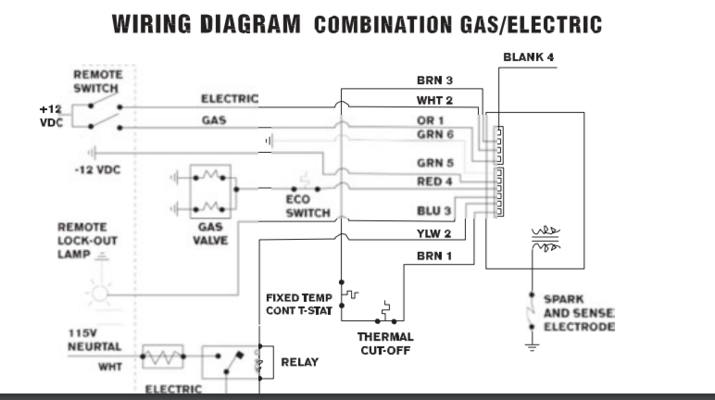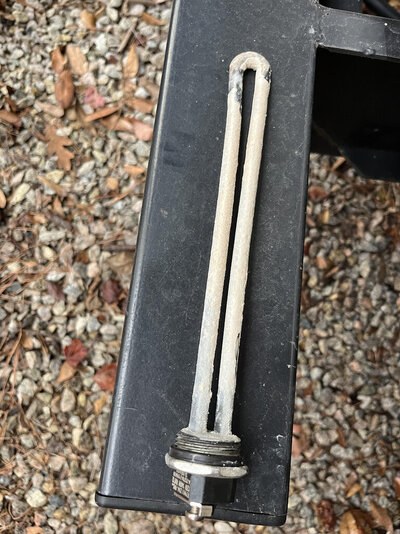SC5thWheeler
Well-known member
We have a 5th wheel with a 6 gallon water heater. In the past, I could take a brief shower and never run out of hot water. Now, it starts off nice and hot as usual (using electrical power) but runs out of hot water rather quickly compared to how it used to work.
We switched it to gas mode and it's back to working perfectly.
I suspect the element is goimg bad, but when I've had them go bad in the past, the hot water didn't work at all. On electric, it starts out screaming hot but runs out very quickly. Works perfectly on gas.
Do I need to change out the heating element or us it something else? What's odd is that it does heat the water...it just runs out quickly on electric mode.
Thanks-
2021 Forest River Rockwood 2881S
We switched it to gas mode and it's back to working perfectly.
I suspect the element is goimg bad, but when I've had them go bad in the past, the hot water didn't work at all. On electric, it starts out screaming hot but runs out very quickly. Works perfectly on gas.
Do I need to change out the heating element or us it something else? What's odd is that it does heat the water...it just runs out quickly on electric mode.
Thanks-
2021 Forest River Rockwood 2881S



